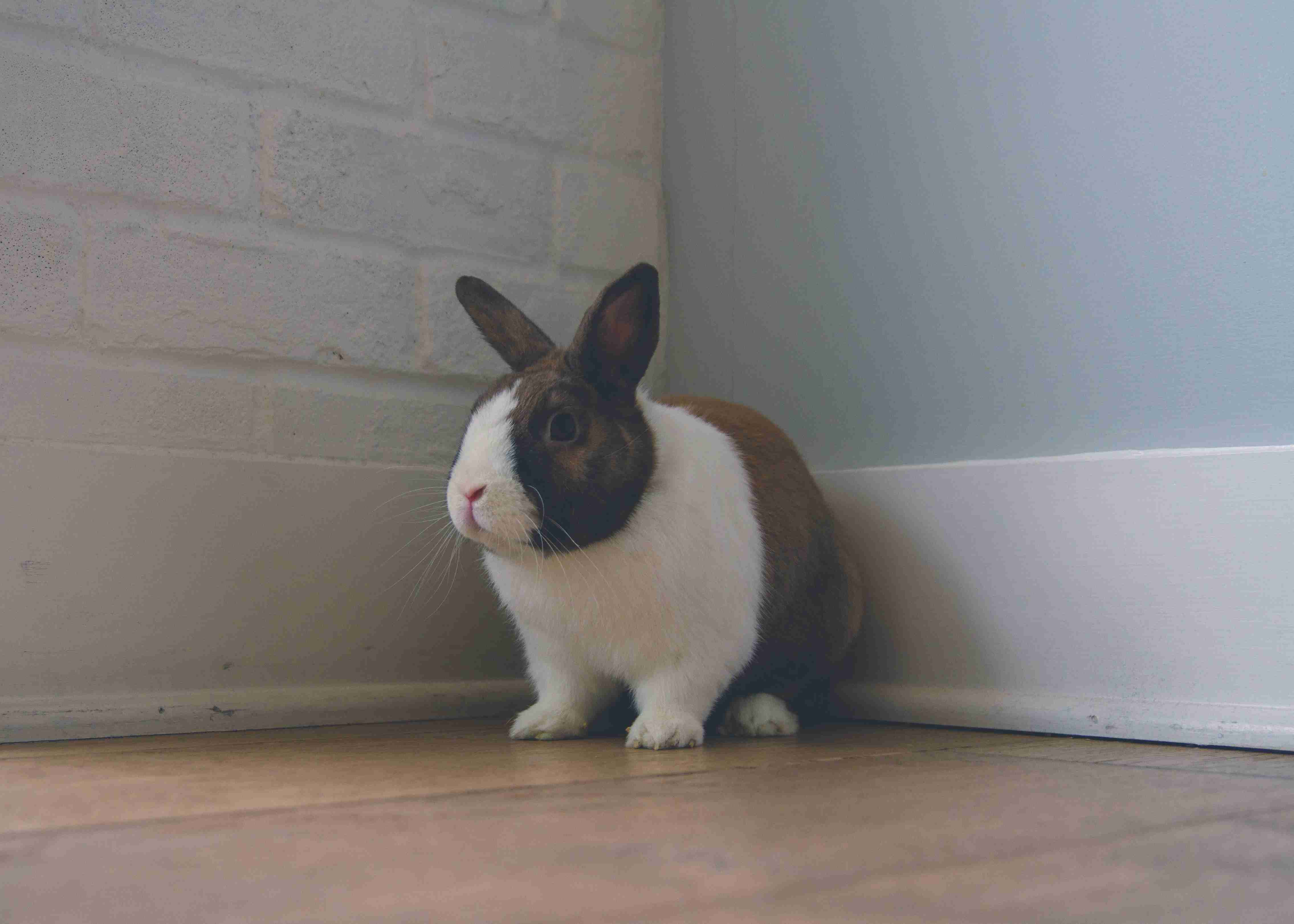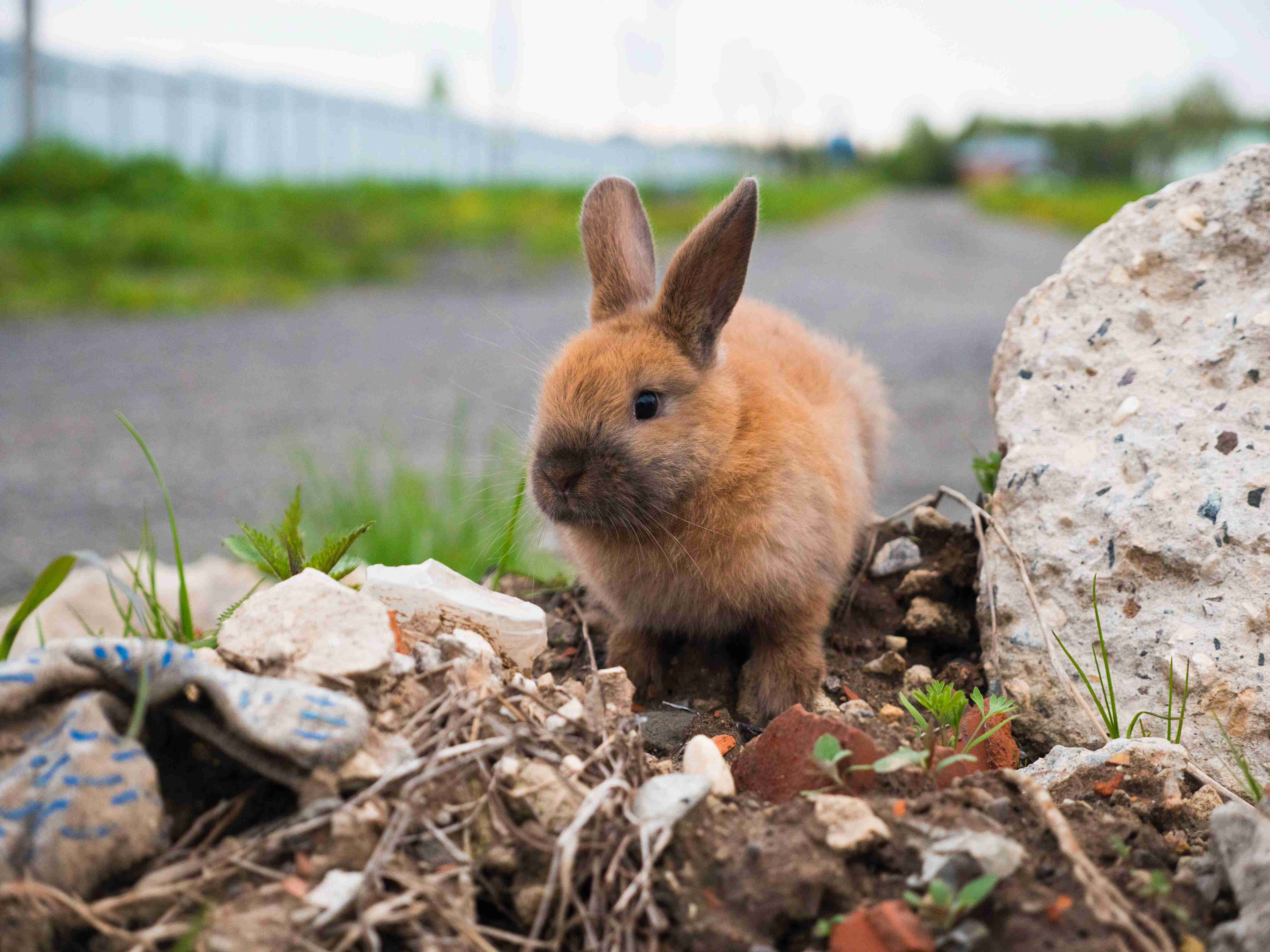How can a couple introduce their rabbit to new environments and experiences in a safe way?
Introducing a rabbit to new environments and experiences can be an exciting and enriching adventure for both the couple and their furry friend. However, it’s crucial to approach these situations with caution and prioritize the safety and well-being of the rabbit. Rabbits are known for being curious creatures, but they can also be sensitive to change and easily stressed. In this blog post, we will explore some practical tips and guidelines for introducing your rabbit to new environments and experiences in a safe and positive manner.
Creating a safe space:
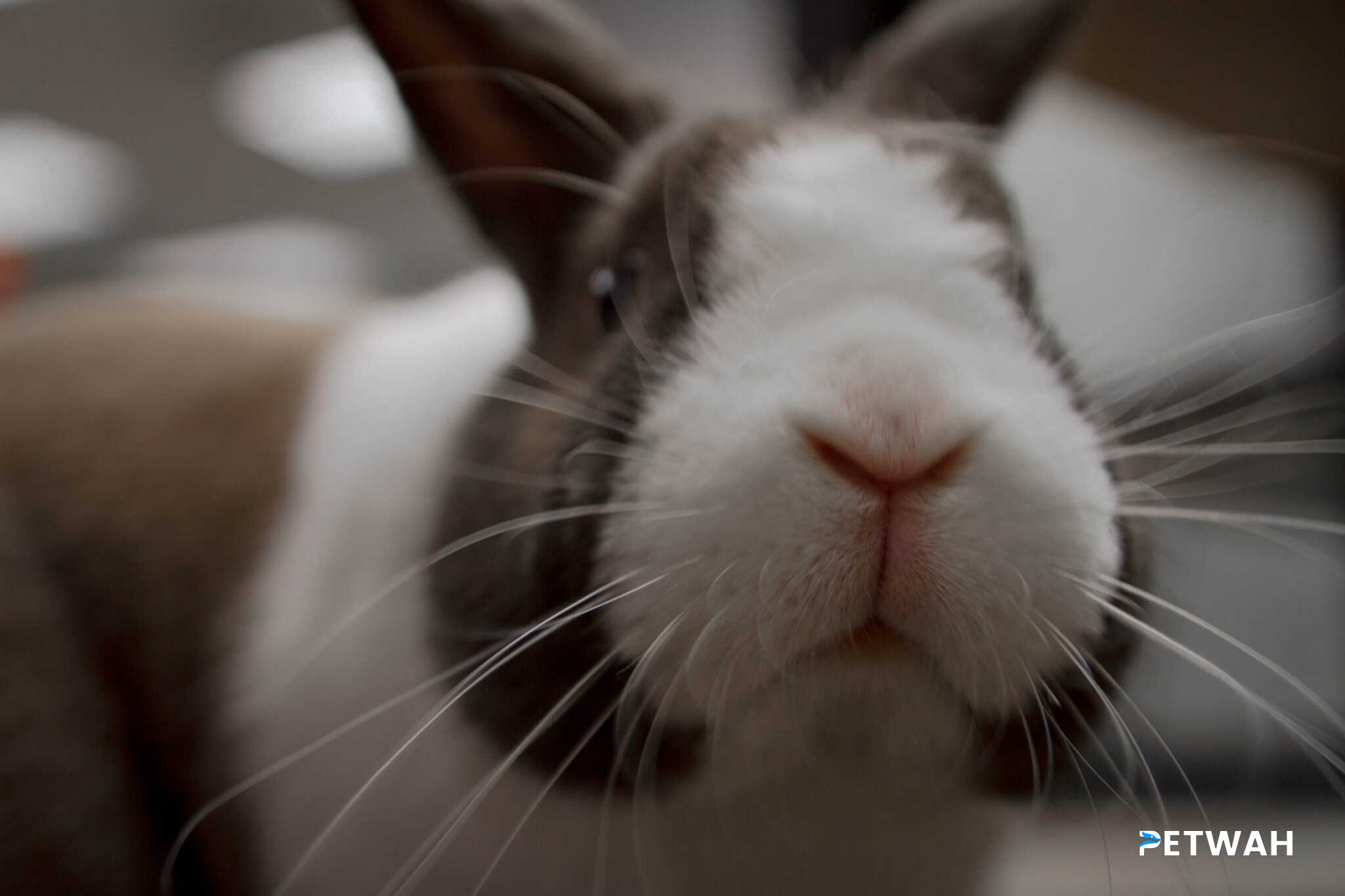
Before venturing into new environments, it’s important to establish a safe space for your rabbit. This can be a designated area in your home, such as a quiet room or a playpen enclosed with rabbit-proof barriers. Ensure that the space is free from any potential hazards, such as electrical cords, toxic plants, or small objects that the rabbit could chew on. Providing hiding spots, comfortable bedding, and a litter box will help your rabbit feel secure and at ease in their safe space.
Slow and gradual introductions:
Introducing your rabbit to new environments should be done gradually to minimize stress. Start by introducing small changes within their safe space, such as rearranging furniture or introducing new toys gradually. This will help your rabbit adapt to change and build confidence. Once your rabbit is comfortable with these changes, you can gradually expose them to new environments, such as different rooms in your home or outdoor enclosures.
Supervision and control:
When introducing your rabbit to a new environment, it’s essential to provide adequate supervision and control. Rabbits are naturally curious and may explore places that could be potentially unsafe for them. Ensure that the environment is rabbit-proofed and free from any dangers. Create boundaries using baby gates or playpens to prevent your rabbit from accessing areas that are off-limits. When exploring outdoors, make sure your rabbit is in a secure and enclosed space to avoid hazards or escape attempts.
Positive reinforcement:
Positive reinforcement plays a crucial role in helping your rabbit associate new environments and experiences with positive feelings. Use treats, praises, and gentle strokes to reward your rabbit for their brave and curious behavior. This will encourage them to feel more confident and comfortable in new situations. Remember to be patient and understanding with your rabbit, as they may take time to adjust to new environments.
Gradually increase exposure:
It’s essential to gradually increase your rabbit’s exposure to new environments and experiences. For example, if you’re planning to take your rabbit for a walk outdoors, start with short walks in familiar surroundings before venturing into unfamiliar territories. Gradually increase the duration and distance of the walks as your rabbit becomes more comfortable and confident. This gradual approach will help minimize stress and ensure a positive experience for both you and your rabbit.
FAQs:
1. Can rabbits adjust to new environments quickly?
No, rabbits are generally sensitive to change and may take some time to adjust to new environments. It’s vital to introduce changes gradually and provide a safe and comfortable space for them to adapt.
2. How can I make my rabbit feel safe in a new environment?
To make your rabbit feel safe in a new environment, provide them with a secure space, including hiding spots and familiar items from their safe space. Gradual introductions, positive reinforcement, and supervision will also help them feel secure.
3. Why is it important to rabbit-proof new environments?
Rabbits are curious and like to explore their surroundings. Rabbit-proofing new environments helps prevent potential hazards, such as electrical cords, toxic plants, and small objects that could harm or be ingested by the rabbit.
4. Can rabbits be trained to adapt to new environments?
Rabbits can be trained to adapt to new environments with patience, positive reinforcement, and gradual exposure. However, it’s important to remember that each rabbit is unique, and their adaptability may vary.
5. Are there any resources available for rabbit owners to learn more about rabbit behaviors and care?
Yes, there are various resources available for rabbit owners to learn more about rabbit behaviors and care. Websites such as the House Rabbit Society (https://rabbit.org/) and The Rabbit Welfare Association and Fund (https://rabbitwelfare.co.uk/) provide valuable information and resources for rabbit owners.
In conclusion, introducing your rabbit to new environments and experiences can be a rewarding experience when done safely and gradually. Prioritizing your rabbit’s well-being, providing a secure space, and using positive reinforcement will help your furry friend feel comfortable and confident in new situations. Remember to be patient and understanding, and always prioritize the safety of your rabbit in every new adventure you embark on together. If you’re looking for more information and resources on rabbit care, visit petwah.com for a wide range of helpful articles and products.


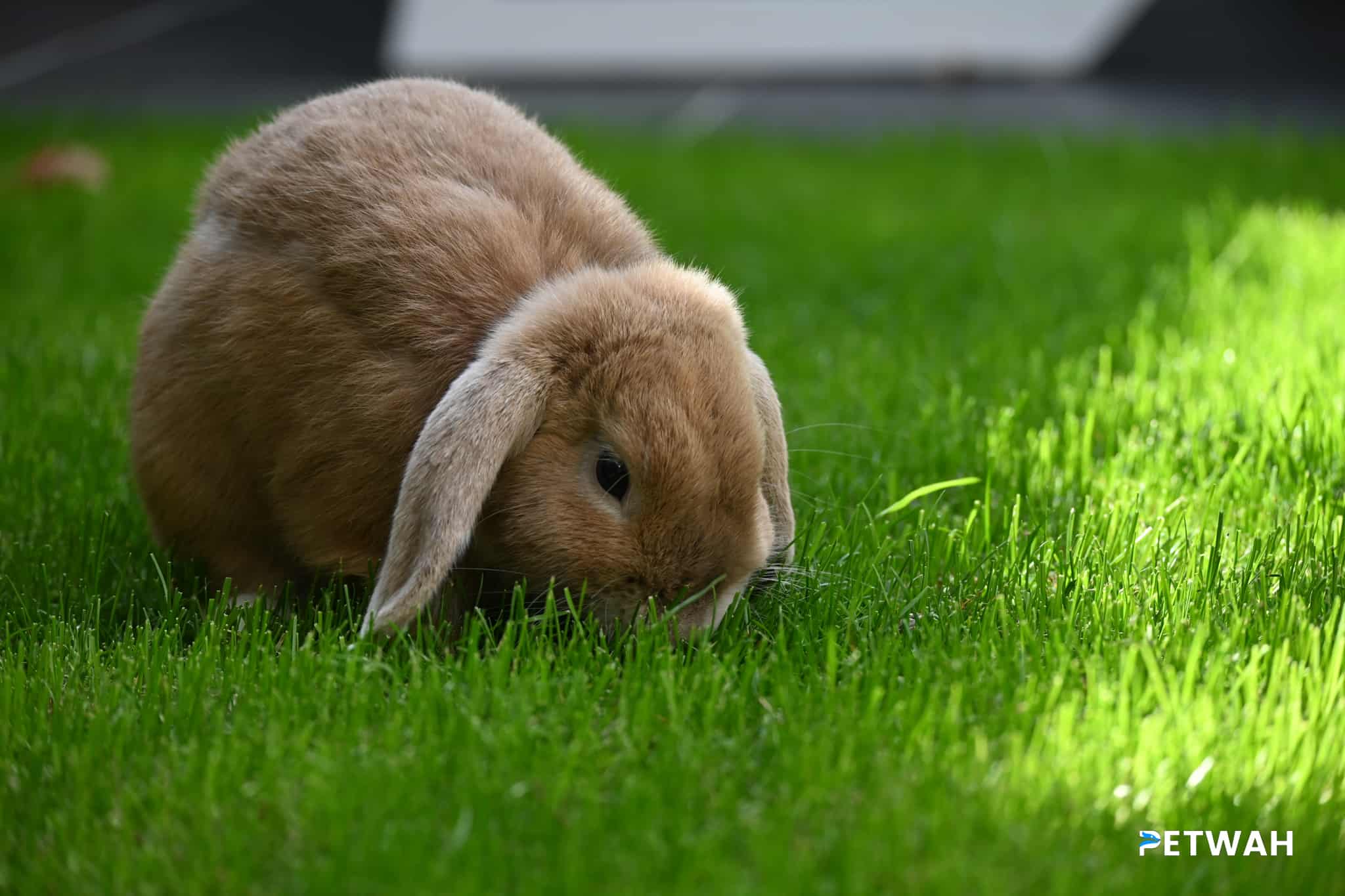
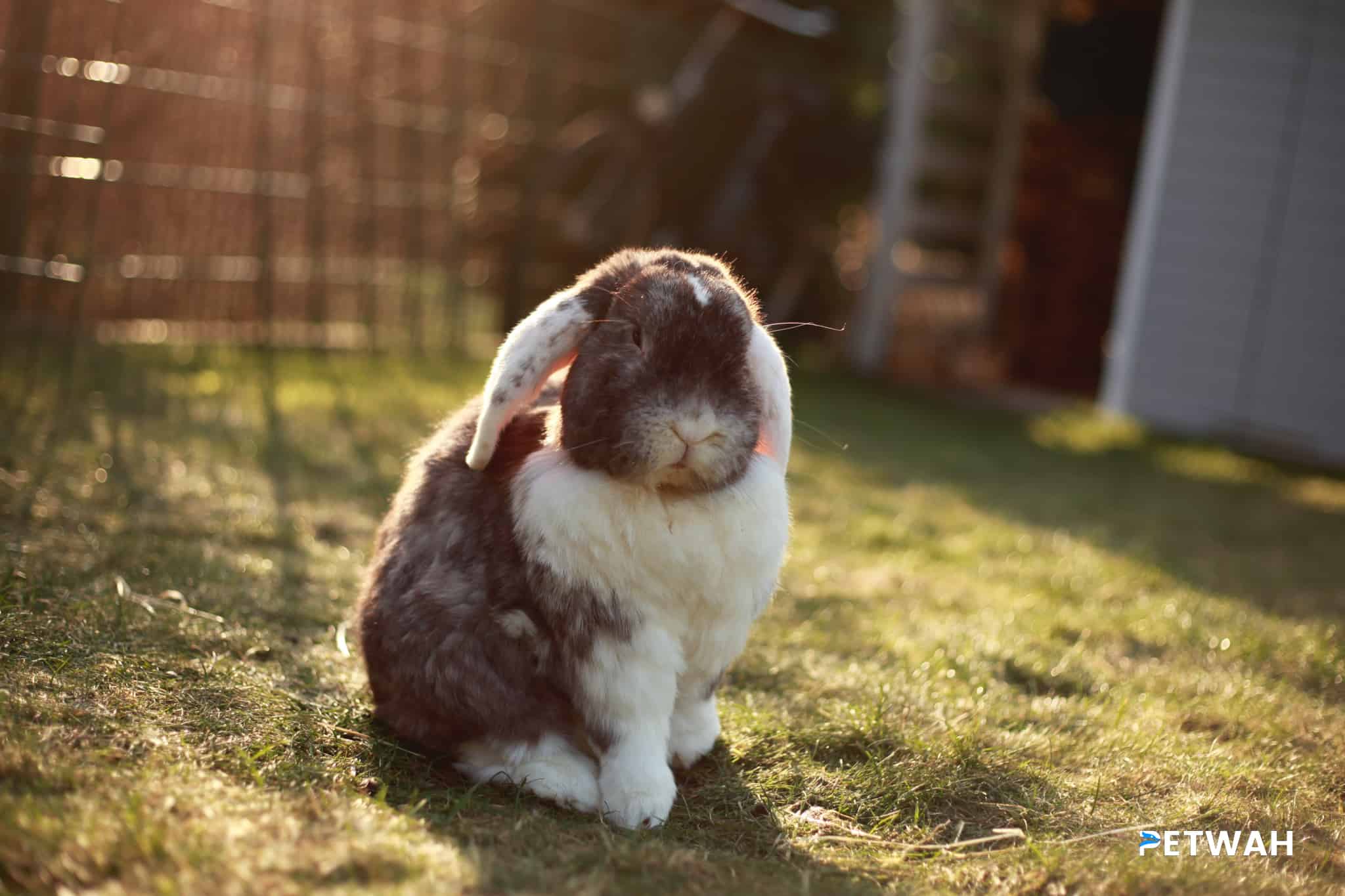
.jpg)
.jpg)
